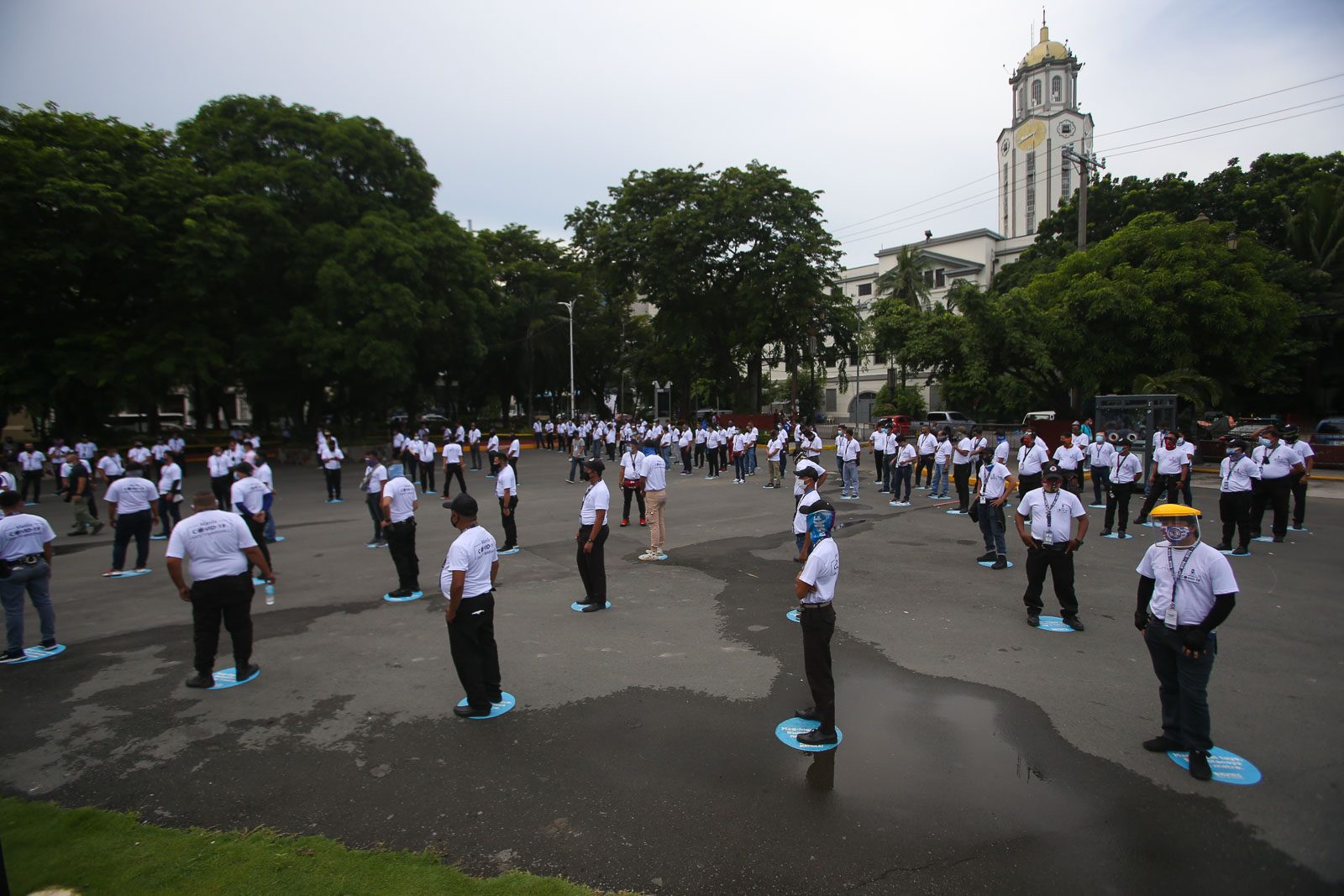SUMMARY
This is AI generated summarization, which may have errors. For context, always refer to the full article.

Over 5 months since the pandemic took hold, Metro Manila reached a grim milestone as the number of confirmed coronavirus cases in the capital region breached the 100,000-mark.
Data from the Department of Health (DOH) as of Friday, August 21, showed the number of cases in the metropolis – which has been the epicenter of the pandemic in the country since Day 1 – totaled 103,100.
On the day when 4,786 cases were newly reported, over half (2,716) came from the capital region. And the number shows no signs of slowing down yet.
Infectious disease expert and mathematician Benjamin Co highlighted health data that showed Metro Manila and nearby provinces have consistently accounted for the number of new cases for months now.
“As in the previous months, the NCR continues to churn in the numbers, with close to 60% of the cases in the country yesterday coming from Mega Manila alone,” Co wrote in his blog.
Based on data as of Thursday, August 20, Quezon City, Manila, Malabon, Caloocan, and Valenzuela were among the top 5 cities in Metro Manila with the highest number of new cases.
Meanwhile, following Metro Manila with the most number of cases were Calabarzon, Centeral Visayas, Central Luzon, and Western Visayas.
Why this matters
Researchers who have been studying the coronavirus pandemic in the Philippines earlier stressed the “pandemic surge in the National Capital Region is real.” (READ: Experts fear 230,000 coronavirus cases if MECQ is lifted in Mega Manila)
According to the University of the Philippines Octa research group, the 7-day positivity rate – or share of patients who test positive for the disease – was at 17% as of August 21. This number is far from the the World Health Organization’s recommendation to obtain a positivity rate of 5% or less to control the pandemic.
With majority of cases located in Metro Manila, the group said getting infections in the area under control was also key to getting the outbreak in the country under control.
The group, which has been giving sound projections on the country’s cases, said in a recent report that “many if not most of the COVID-19 cases in the provinces were imported from the nation’s capital.”
On the ground, hospitals continue to feel the COVID-19 strain as critical care capacity was at 73.5%, topping the 70% danger threshold set by the DOH and the government coronavirus task force. (READ: Hospital occupancy in at least 7 Metro Manila LGUs at ‘critical level’)
The continuing increase in cases come as President Rodrigo Duterte reverted Metro Manila and nearby provinces back to a general community quarantine from a modified enhanced community quarantine.
Health experts implored the public to continue practicing health standards like wearing masks and face shields, observing physical distancing, and frequent handwashing to avoid spreading the disease.
The government said that while quarantine restrictions were loosened, the GCQ that will be in place from August 19 to 31 will be “stricter” than past implementations of GCQ. – Rappler.com
Add a comment
How does this make you feel?
There are no comments yet. Add your comment to start the conversation.